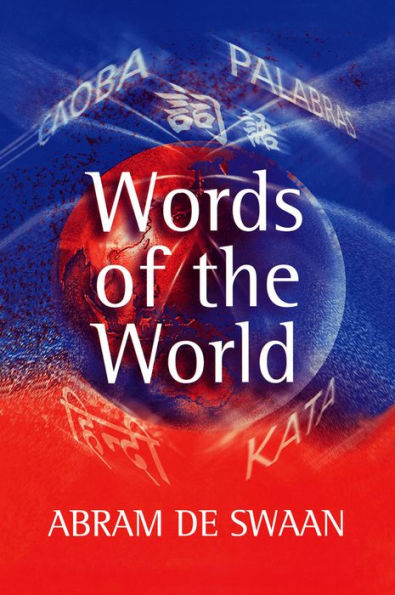5
1
9780745627489



Words of the World: The Global Language System / Edition 1 available in Hardcover, Paperback, eBook

Words of the World: The Global Language System / Edition 1
- ISBN-10:
- 074562748X
- ISBN-13:
- 9780745627489
- Pub. Date:
- 01/21/2002
- Publisher:
- Polity Press
- ISBN-10:
- 074562748X
- ISBN-13:
- 9780745627489
- Pub. Date:
- 01/21/2002
- Publisher:
- Polity Press

Words of the World: The Global Language System / Edition 1
$36.25
36.25
In Stock

Product Details
| ISBN-13: | 9780745627489 |
|---|---|
| Publisher: | Polity Press |
| Publication date: | 01/21/2002 |
| Pages: | 272 |
| Product dimensions: | 6.00(w) x 9.00(h) x 0.86(d) |
About the Author
From the B&N Reads Blog
